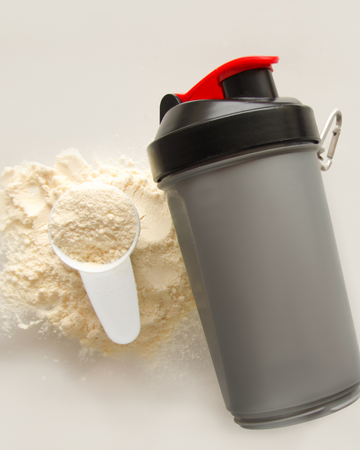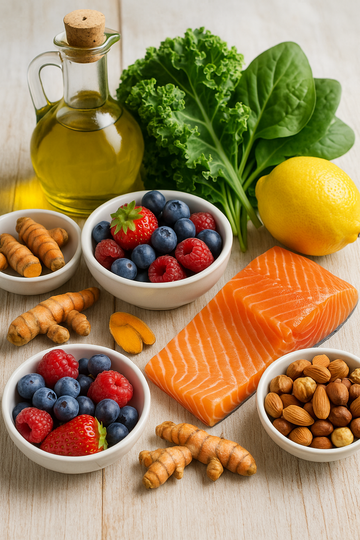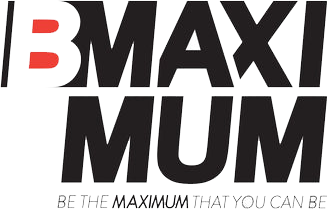Protein powder is one of the most versatile supplements out there. Whether you’re making a quick shake after the gym, boosting your breakfast smoothie, or even baking protein-rich snacks, it’s an easy way to fuel your muscles and support recovery.
But not all ingredients play nicely with protein powder. Some combinations can reduce its effectiveness, upset your stomach, or even cause unwanted side effects.
Here are five things you should never mix with your protein powder—and why avoiding them will help you get the most out of every scoop.
1. Hot Liquids
While adding protein to your morning coffee or oatmeal is trendy, pouring hot liquids directly over your powder can cause problems.
-
Why it’s bad:
High temperatures can denature the protein, making it clump, separate, and lose its smooth texture. This doesn’t destroy all the nutrition, but it can affect digestibility and taste. -
Better option:
Let hot liquids cool slightly before mixing, or use a blender with warm (not boiling) water or milk. For coffee lovers, try adding your shake into your coffee rather than pouring boiling coffee over the powder.
2. Alcohol
It might sound odd, but some people try to mix protein with alcohol for “protein cocktails.” Bad idea.
-
Why it’s bad:
Alcohol slows down muscle protein synthesis, the very process you’re trying to support with your shake.
It can also dehydrate you and irritate your stomach when combined with certain protein blends—especially dairy-based whey or casein. -
Better option:
Keep your protein for recovery and nutrition, and save the cocktails for a separate occasion.
3. High-Fiber Supplements
Fiber is important for digestion, but too much added fiber (like psyllium husk or bran) mixed directly into your shake can backfire.
-
Why it’s bad:
Large amounts of fiber taken at the same time as protein can slow down absorption of amino acids and cause bloating, gas, or stomach discomfort.
Some people even experience constipation when combining heavy protein with excess fiber. -
Better option:
Eat whole-food fiber sources like fruits and vegetables throughout the day, and keep your shake simple for faster digestion.
4. Sugary Drinks
Mixing protein powder with sodas, juices, or sweetened drinks might sound tasty, but it defeats the purpose.
-
Why it’s bad:
The added sugars spike blood glucose and insulin, which can lead to energy crashes and reduced fat burning.
High sugar intake also increases calorie load, making it harder to meet weight-loss or lean muscle goals. -
Better option:
Stick with water, unsweetened almond milk, or low-fat dairy milk for clean, balanced shakes. Add natural sweetness with berries or a banana if needed.
5. Just Water (For Plant-Based Proteins)
If you’re using plant-based protein powders, especially pea protein, water alone can lead to a poor taste and gritty texture.
I don't think pea/plant-based proteins mix well into water on their own, especially not compared to whey, which will be creamier and less gritty, texture-wise. If you've tried plant-based proteins before with just water and didn't like the taste, try them again with a plant-based milks like almond milk, coconut milk, etc., especially if you want to avoid the gritty texture that sometimes comes with plant-based powders.
However, B Maximum's Muscle Evolution Isolate Plant-Based Protein is known for its smooth taste even when mixed with water — perfect for those who want great texture and convenience without extra calories.
-
Why it’s bad:
The gritty mouthfeel can make your shake unpleasant and discourage consistent use. -
Better option:
Mix plant-based powders into creamier liquids like almond milk, oat milk, or coconut milk for a smoother, more enjoyable shake.
Final Tip: Keep It Simple
The best protein shakes are made with clean ingredients: water or plant-based milk, a scoop of high-quality protein powder, and optional whole foods like berries or nut butter.
By avoiding these five common mistakes, you’ll ensure your protein powder works as intended—helping you build muscle, recover faster, and feel your best.







